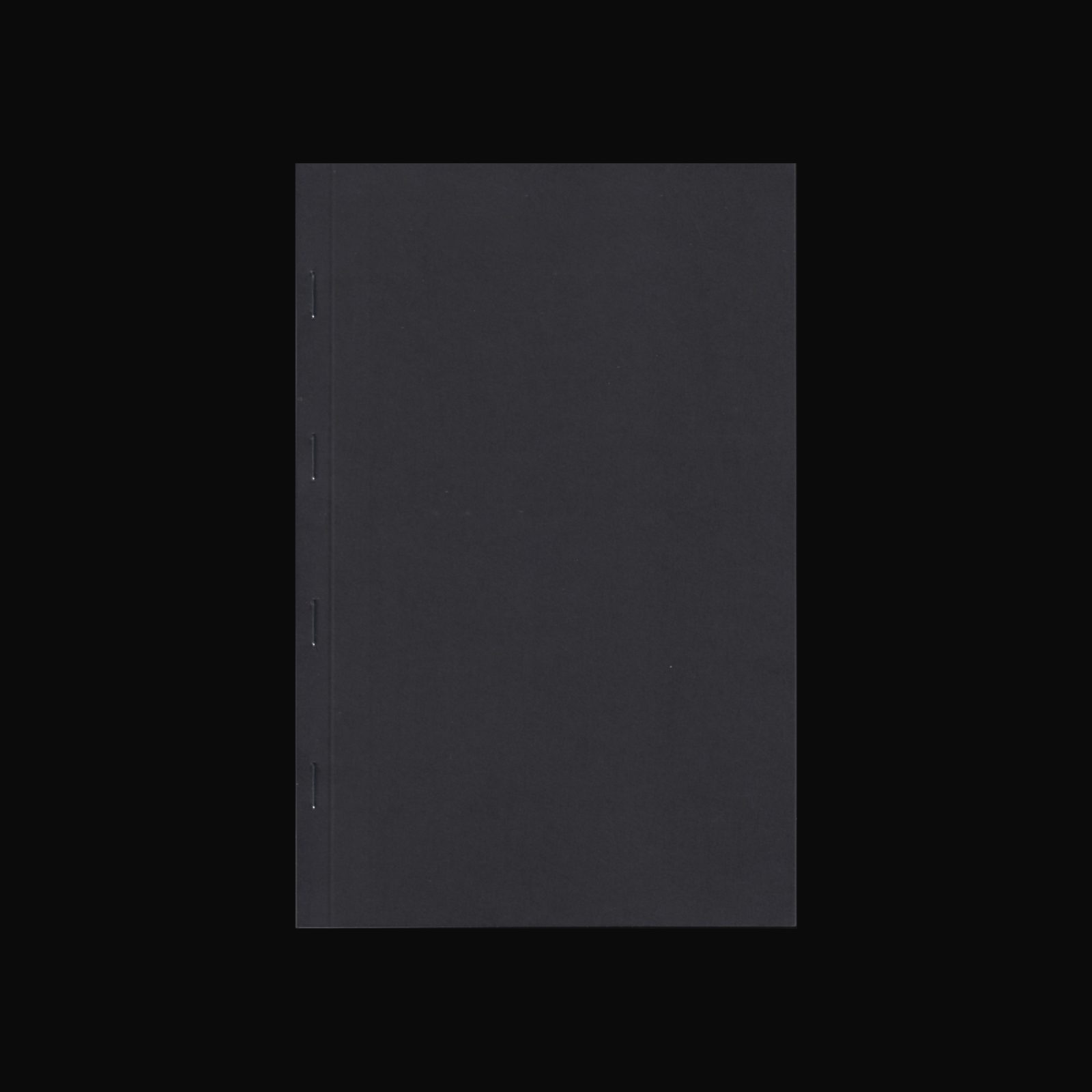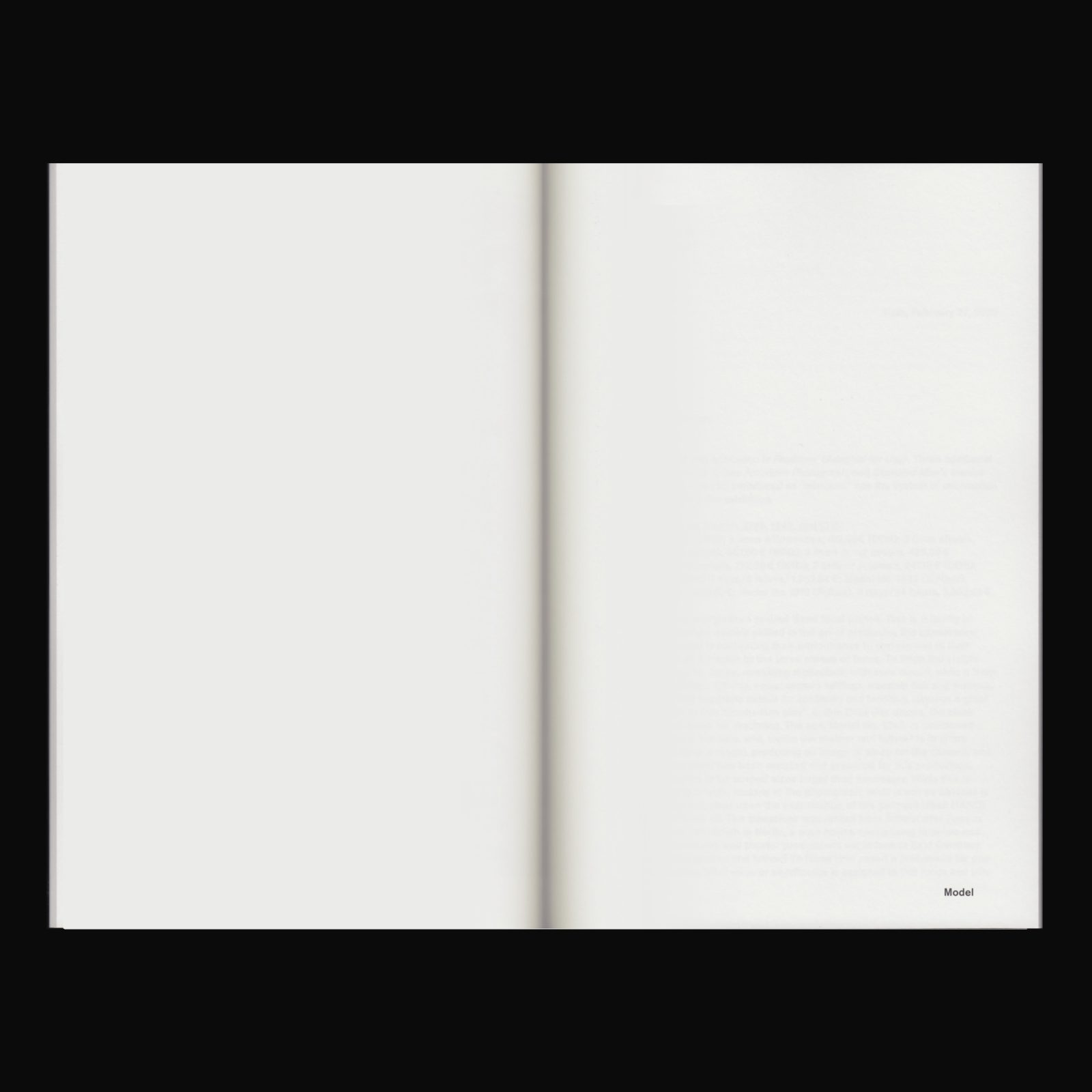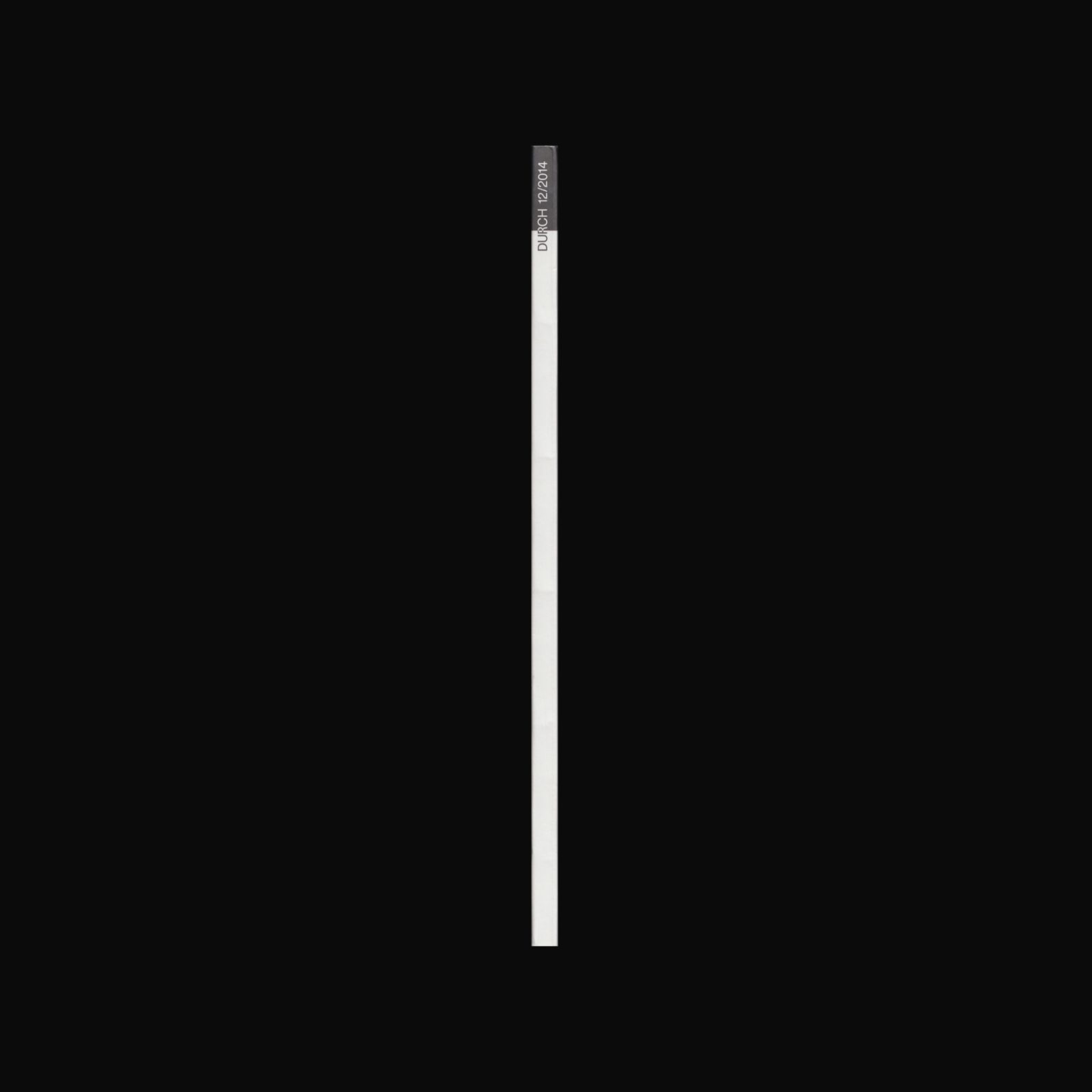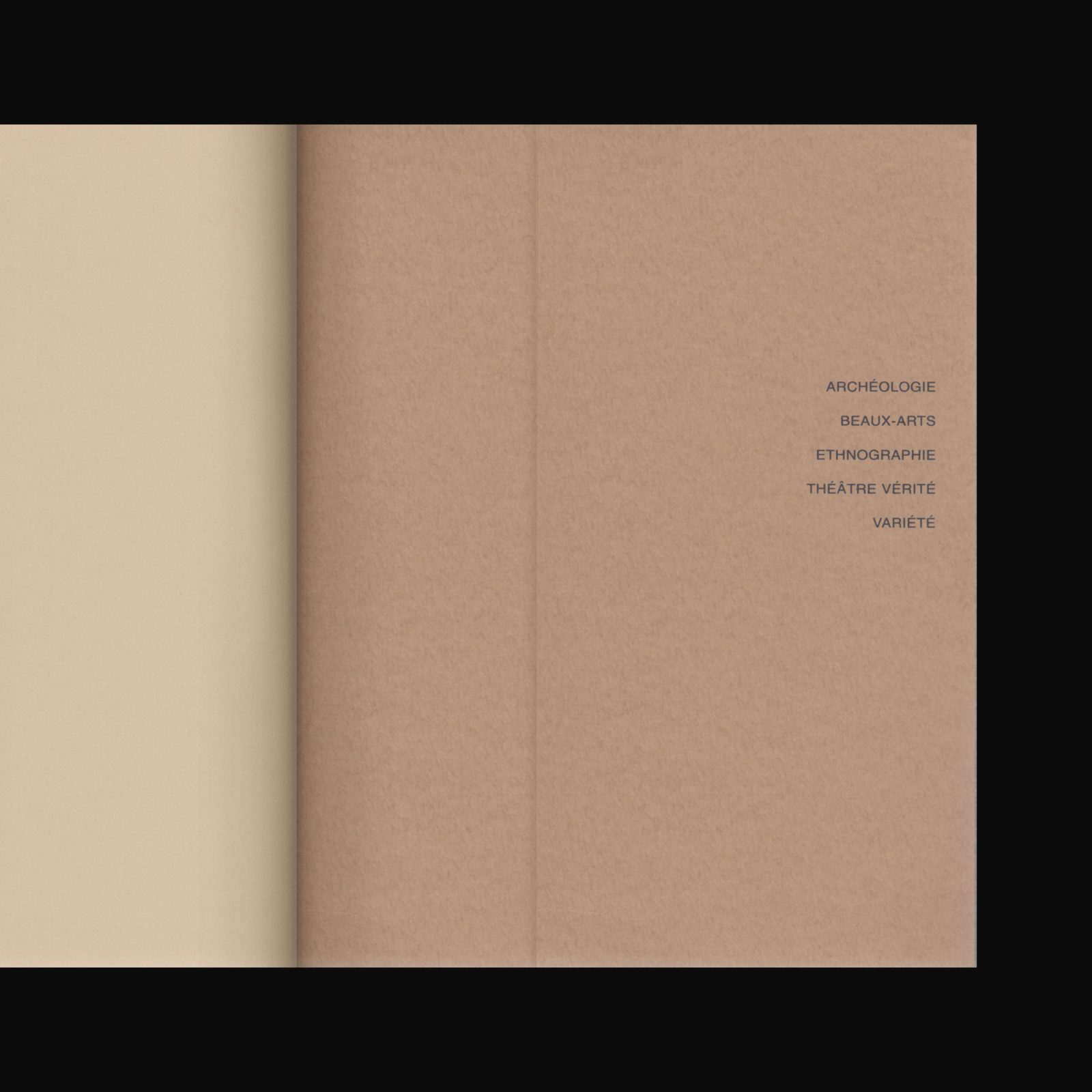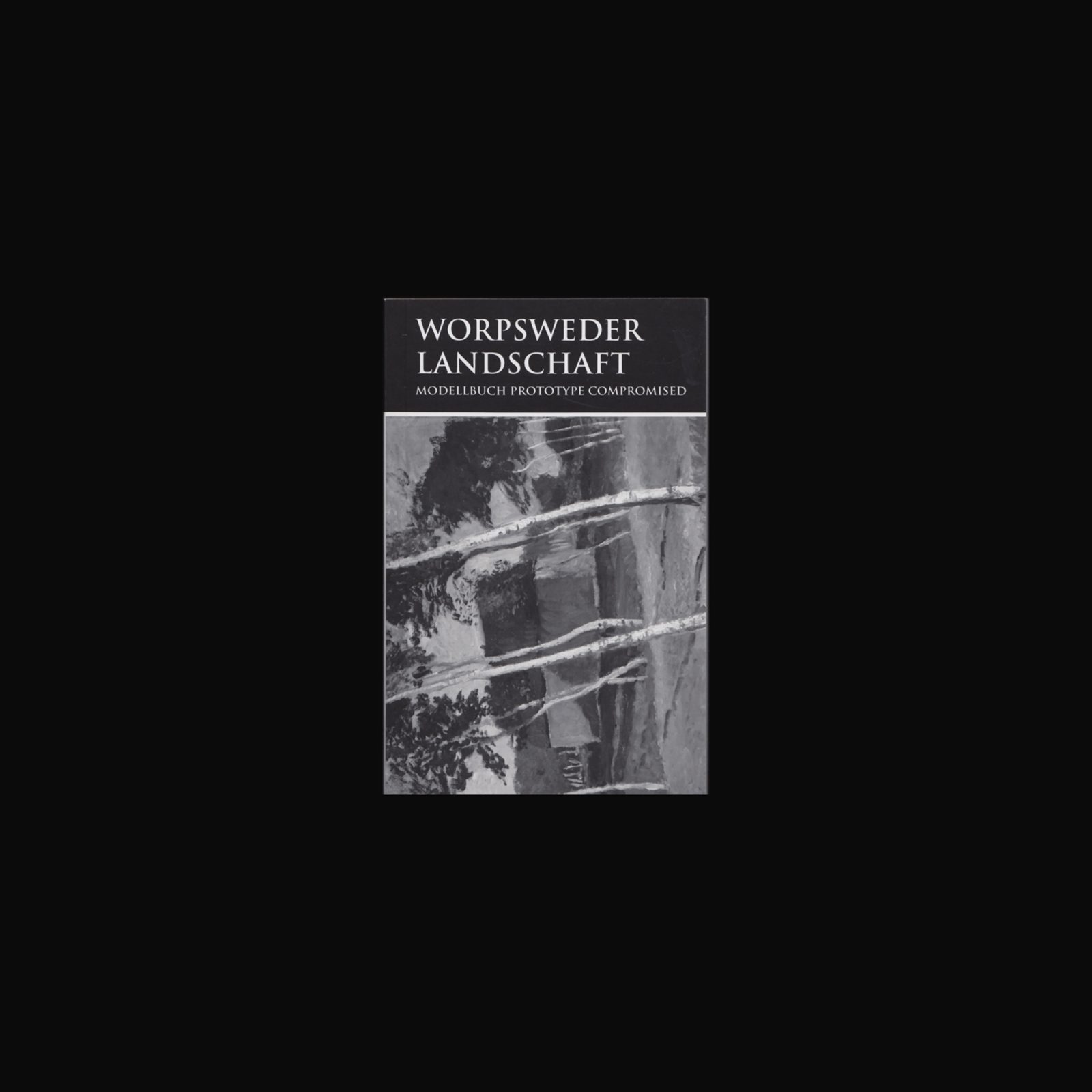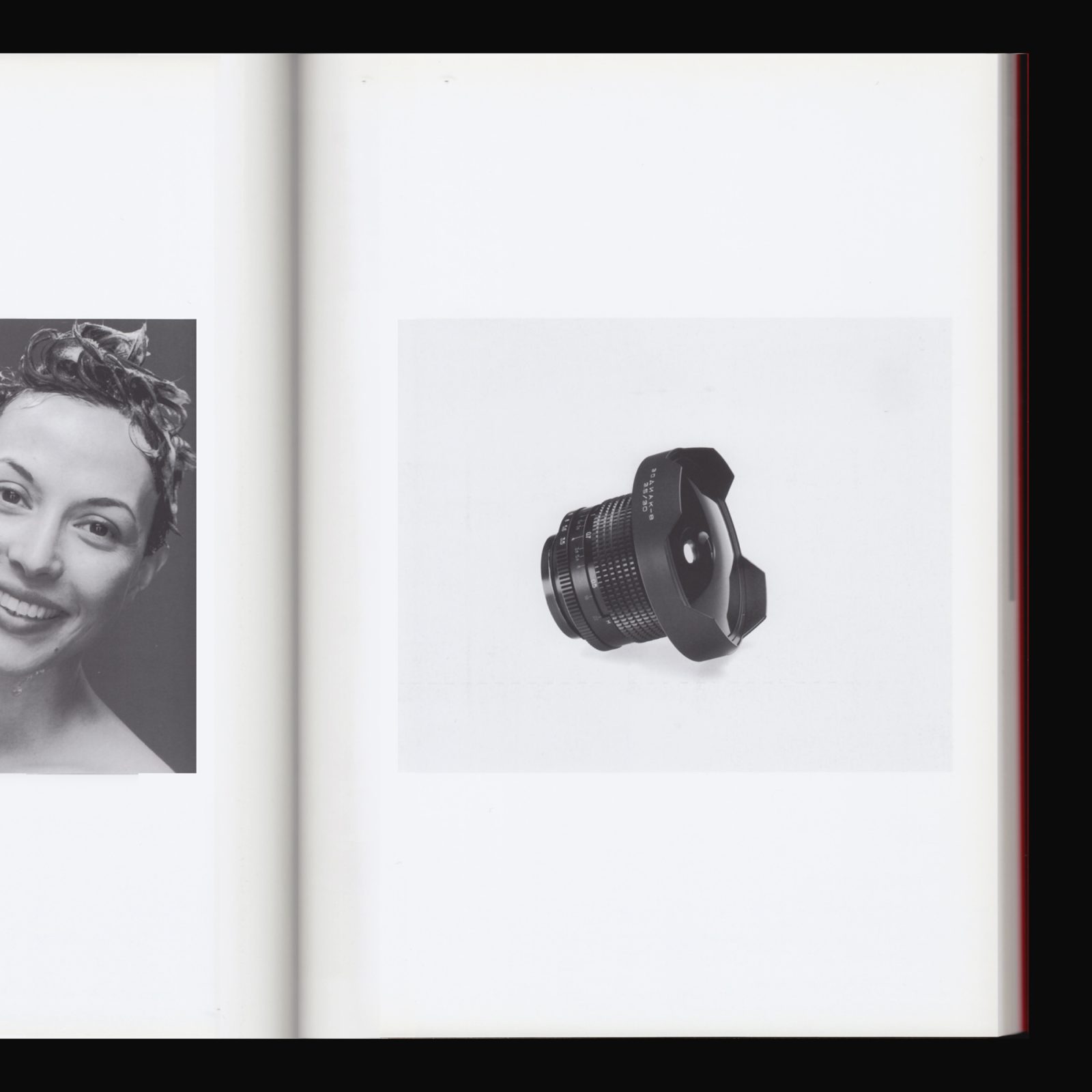Produced on the occasion of the exhibition De Afstand, at Witte de With Center for Contemporary Art, 1 September 1990–7 October 1990.
De Afstand investigated the relationship between photography and reality, by way of the concept of distance. The selected works focused on the representation of nature. Historically, the genre of the landscape painting had presupposed a specific viewing distance as well as the display of a changing continuity and unity in a tableau. The camera, however, cannot present such a unifying picture of nature. It cannot keep a distance. It functions rather as an analytical instrument, cutting like a scalpel into the continuity of the visible world.
Participating artists were: Jean-Marc Bustamante, Paul-Armand Gette, Andreas Gursky, Raoul Hausmann, Craigie Horsfield, Jean-Luc Moulène, Thomas Struth, Christopher Williams.




